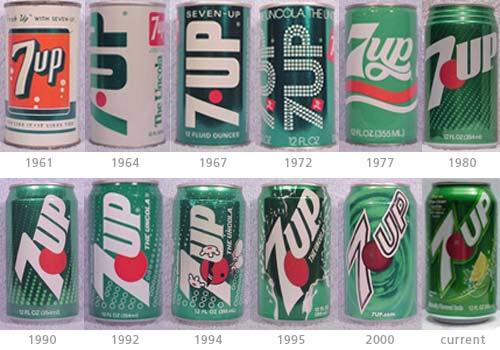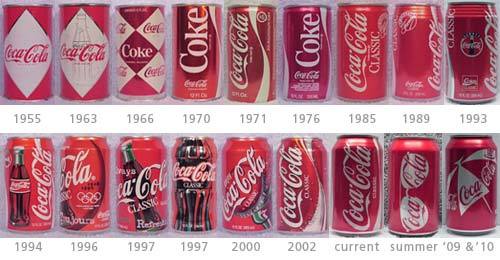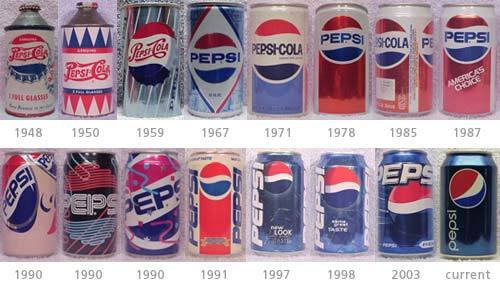Adamfloresdotstudio - My Tumblr

More Posts from Adamfloresdotstudio and Others
The era between 300-400 is the Spider-Man of my childhood, but I have grown to love the old Steve Ditko Spiderman of the 60s






Amazing Spider-Man Hundredth Anniversary Issues

"Little," instigator of Indian Revolt at Pine Ridge, 1890
[pic link]










Sign Painting in Sydney (and somewhere near you!)
This week I went along to Mike Meyer’s Hand-Lettering Workshop in Sydney. I’d met Mike in London earlier this year during the opening of the Sign Painters film he starred in and was keep learn more about the construction of various letter styles.
Billed as “Two days of paint, brushes, lettering and laughs” it’s a fitting description. The stories and banter mixed with insightful lessons and techniques builds a very relaxed and creative atmosphere. Aimed at beginners and those wishing to improve their basic skills, the two day workshop is split roughly into learning four styles of lettering; Gothic (simple block letters), Thicks & thins (a slab serif), Causal (fluid and bouncy) and Script.
It starts with a pencil, drawing out a proportional grid for each letter (we were shown some fast tricks for doing this) and developing an understanding of the basic structure and spacing of letterforms.
After running through the different brush types and brush care, we moved onto painting basics; how to hold the brush, it’s position against the surface, loading the brush with paint and achieving a chisel edge to allow for sharp corners.
Then we were also shown various techniques for steadying your painting hand while holding it away from the surface to avoid smudging wet paint; using a Mahl stick, hand over hand and ‘Pinky down’ options.
As we practiced twisting the brush to achieve a chiselled terminal at the end of certain strokes or the visual rhythm of script letters, Mike moved around the class steering us along with tips and an anecdote or two.
I’ve added some short gifs above. As with all type and lettering it’s about looking, examining and lot’s of practice. Closely watching Mike paint was one of the best learning experiences. With ‘Casual’ style particularly I would watch the first few strokes go down, say the upright stem of an ‘R’ then its bowl, I would quickly imagine the next step of where I would paint the leg. Then as Mike adds it in I see just how far off the mark I was.
To really see what was going on with those subtle brush twists a piece of tape was added to the end of Mike’s brush handle so you could see it twirl. This style and scale of lettering bares much more resemblance to calligraphy: using single, very precise strokes for the letterforms, rather than building them up by refining their shape multiple times. It’s an amazing skill to practice.
Whether you’re interested in becoming a sign painter or not the course would definitely be useful to anyone interested in the construction of letterforms and building their drawing/painting skills
Get you name down for one of the upcoming workshops that Mike is running around the world, or contact the organisers to run a workshop where you are.
Here’s the confirmed dates and a link to the mailing list to keep up-to-date with future events.



The evolution of soda cans.

Spider-Man Confronts Uncle Ben's Killer, Steve Ditko, Amazing Fantasy 15, 1963

seamless version of @christyspeakman photo of Louisiana wetlands for use in #watershed alpha 2.0












String Art and Geometric Drawings by Sebastien Preschoux
Artist Sebastien Preschoux creates impressive string art sculptures as well as intricate geometric drawings. The detail and complexity in such pieces is truly astonishing. Preschoux describes his methods in design as being slightly spontaneous, as he starts with a center point, and let’s the art work happen for itself as it goes. He uses various colors and venue for his string installations which span vast spaces in the process. His drawings are meticulous and delicately constructed with a methodical approach, much like his string sculptures. This comprises the second collection of works we’ve featured by this artist, don’t miss the first series of Sebastien Preschoux..

Drax the Destroyer Resists Imprisonment by Thanos in the Cosmic Cube
Captain Marvel #28, Page 14, Written and Drawn By Jim Starlin, Published by Marvel Comics in 1983.
-
 lordcalaco liked this · 2 years ago
lordcalaco liked this · 2 years ago -
 drwalterbennet liked this · 8 years ago
drwalterbennet liked this · 8 years ago -
 amypotenger reblogged this · 8 years ago
amypotenger reblogged this · 8 years ago -
 carolincacao-leo-lao liked this · 9 years ago
carolincacao-leo-lao liked this · 9 years ago -
 missilesofsoul liked this · 10 years ago
missilesofsoul liked this · 10 years ago -
 layarkuning reblogged this · 10 years ago
layarkuning reblogged this · 10 years ago -
 zolpidemon reblogged this · 10 years ago
zolpidemon reblogged this · 10 years ago -
 inkyspoons-blog liked this · 10 years ago
inkyspoons-blog liked this · 10 years ago -
 imlocog liked this · 10 years ago
imlocog liked this · 10 years ago -
 andrewsol liked this · 10 years ago
andrewsol liked this · 10 years ago -
 small-pal liked this · 10 years ago
small-pal liked this · 10 years ago -
 whitefoxredfish liked this · 10 years ago
whitefoxredfish liked this · 10 years ago -
 jeromenadeau liked this · 10 years ago
jeromenadeau liked this · 10 years ago -
 thispopshit liked this · 10 years ago
thispopshit liked this · 10 years ago -
 ashestheyallfalldown liked this · 10 years ago
ashestheyallfalldown liked this · 10 years ago -
 dizzify liked this · 10 years ago
dizzify liked this · 10 years ago -
 danyamoore-blog liked this · 10 years ago
danyamoore-blog liked this · 10 years ago -
 phuous reblogged this · 10 years ago
phuous reblogged this · 10 years ago -
 phuous liked this · 10 years ago
phuous liked this · 10 years ago -
 treebarq liked this · 10 years ago
treebarq liked this · 10 years ago -
 acridpeach liked this · 10 years ago
acridpeach liked this · 10 years ago -
 bonepocket liked this · 10 years ago
bonepocket liked this · 10 years ago -
 sighandsecrets reblogged this · 10 years ago
sighandsecrets reblogged this · 10 years ago -
 toonmonsoon liked this · 10 years ago
toonmonsoon liked this · 10 years ago -
 couchchips liked this · 10 years ago
couchchips liked this · 10 years ago -
 laurenwhearty-blog liked this · 10 years ago
laurenwhearty-blog liked this · 10 years ago -
 thetennakeyan-2 liked this · 10 years ago
thetennakeyan-2 liked this · 10 years ago -
 303project liked this · 10 years ago
303project liked this · 10 years ago -
 fabulousrideablenyaduckacorn liked this · 10 years ago
fabulousrideablenyaduckacorn liked this · 10 years ago -
 smithist reblogged this · 10 years ago
smithist reblogged this · 10 years ago -
 smithist liked this · 10 years ago
smithist liked this · 10 years ago -
 khylinwoodrow liked this · 10 years ago
khylinwoodrow liked this · 10 years ago -
 gemiho reblogged this · 10 years ago
gemiho reblogged this · 10 years ago -
 lizluisada reblogged this · 10 years ago
lizluisada reblogged this · 10 years ago -
 lizluisada liked this · 10 years ago
lizluisada liked this · 10 years ago -
 dmocba reblogged this · 10 years ago
dmocba reblogged this · 10 years ago -
 eyeheartewe reblogged this · 10 years ago
eyeheartewe reblogged this · 10 years ago -
 ashelypeifer liked this · 10 years ago
ashelypeifer liked this · 10 years ago -
 paintinginsp-blog reblogged this · 10 years ago
paintinginsp-blog reblogged this · 10 years ago -
 thegodfatherflava-blog reblogged this · 10 years ago
thegodfatherflava-blog reblogged this · 10 years ago -
 captainadventure liked this · 10 years ago
captainadventure liked this · 10 years ago -
 chachachantal liked this · 10 years ago
chachachantal liked this · 10 years ago -
 hb23000 liked this · 10 years ago
hb23000 liked this · 10 years ago -
 pppppaint reblogged this · 10 years ago
pppppaint reblogged this · 10 years ago -
 nunatan reblogged this · 10 years ago
nunatan reblogged this · 10 years ago -
 jackturpin liked this · 10 years ago
jackturpin liked this · 10 years ago -
 sodamountain liked this · 10 years ago
sodamountain liked this · 10 years ago -
 tfalc0 liked this · 10 years ago
tfalc0 liked this · 10 years ago